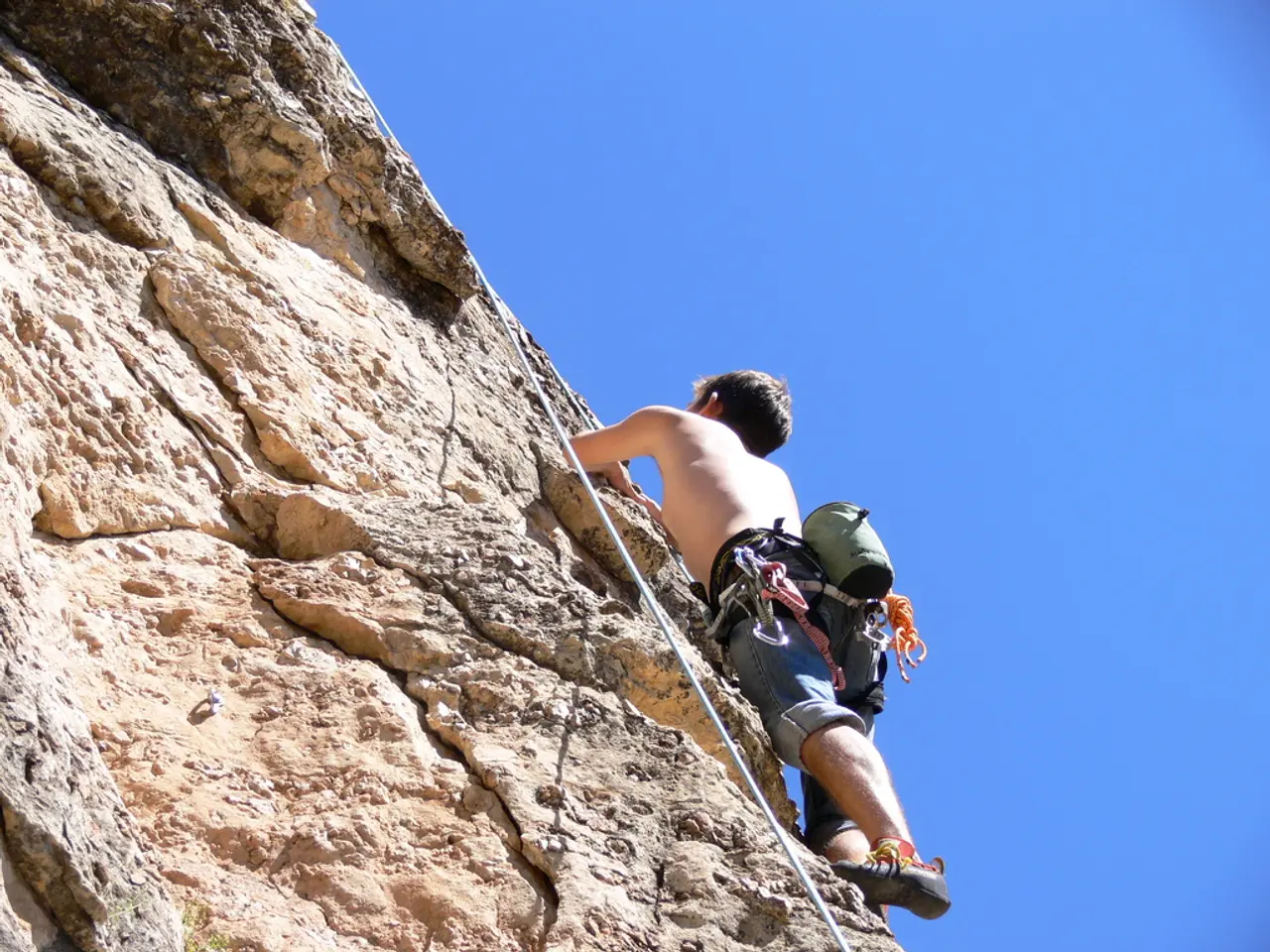Optimization Strategies in AI: Hill Climbing Approach
In the realm of artificial intelligence (AI), the Hill Climbing algorithm stands as a fundamental search technique, known for its simplicity and effectiveness. This algorithm is used in various applications, such as pathfinding, optimization problems, game AI, and hyperparameter tuning in machine learning.
The Hill Climbing algorithm navigates through a state-space diagram, a visual representation that plots all possible states and their corresponding objective function values. At each step, the algorithm moves from the current state to a neighbouring state that improves the objective function, climbing "uphill" in search of the optimal solution.
However, the Hill Climbing algorithm is not without its challenges. A plateau, a flat region where neighbouring states have the same objective function value, can make it difficult for the algorithm to choose the best direction to move. Similarly, a ridge, a higher region with a slope, can cause the algorithm to stop prematurely.
When faced with these issues, multi-directional search can be used to overcome a ridge by applying two or more rules before testing a solution. Random jumps can also be employed to escape a plateau by making a significant jump to a random state far from the current position.
Another common problem is the local maximum problem, where the algorithm gets stuck in a state that is better than its neighbours but not the best overall. Backtracking techniques can be used to overcome this issue by maintaining a list of visited states and exploring new paths if it reaches an undesirable state.
The optimal solution in the state-space diagram is represented by the global maximum, where the objective function achieves its highest value. While Hill Climbing is often highly efficient at finding local optima, it may not always find the global optimum.
To enhance its performance, the Hill Climbing algorithm is often combined with other techniques like random restarts, simulated annealing, or genetic algorithms. These strategies help to overcome issues like getting stuck in local optima and to enhance optimization performance.
Research examples include advanced variants like adaptive β-Hill climbing, combined with other optimization methods to enhance deep learning model optimization. Hill Climbing is also used for a wide variety of optimization problems, including resource allocation, scheduling, and route planning.
In summary, the Hill Climbing algorithm is a simple and intuitive algorithm that is easy to understand and implement. However, its limitations require it to be combined with other techniques to enhance its performance and find the global optimum in complex optimization problems.
Trie data structures can be utilized to speed up the search process in applications employing Hill Climbing algorithms, offering efficient handling of large state-space diagrams in artificial-intelligence-related operations.
Using math and algorithms, it's possible to compare the efficacy of different search techniques, including Hill Climbing, to determine their advantages and limitations in solving various problems related to AI and technology.
As we continue to explore and refine these search algorithms, adopting multi-directional search and backtracking techniques can help overcome ridges, plateaus, and local maximum problems that hinder the successful optimization of Hill Climbing.
Integrating Hill Climbing with advanced optimization methods, such as simulated annealing or genetic algorithms, can lead to more efficient computation and finding globally optimal solutions instead of local optima in complex problems.




